If you’ve outgrown your point-and-shoot camera and feel like you’re ready to take your photography to the next step, then an entry-level DSLR is the obvious choice. You might also want to consider a mirrorless camera as an alternative, although you won’t find one with a viewfinder at the same price as a DSLR.
If you are thinking about a mirrorless camera, then you might want to read this: Mirrorless vs DSLR cameras: 10 key differences. Or, if you’re not sure what kind of camera you need at all, then read our easy to follow guide to camera types: What camera should I buy?
DSLRs deliver a big step up in image quality from a compact camera, far more manual control and the ability to change lenses to tackle a huge variety of projects. Obviously, the more features you want, the more you’ll pay, but do you actually need them? Our top camera is one of the cheapest on the market, but still offers impressive performance and image quality, plus enough features to handle most assignments, especially if you’re still learning.
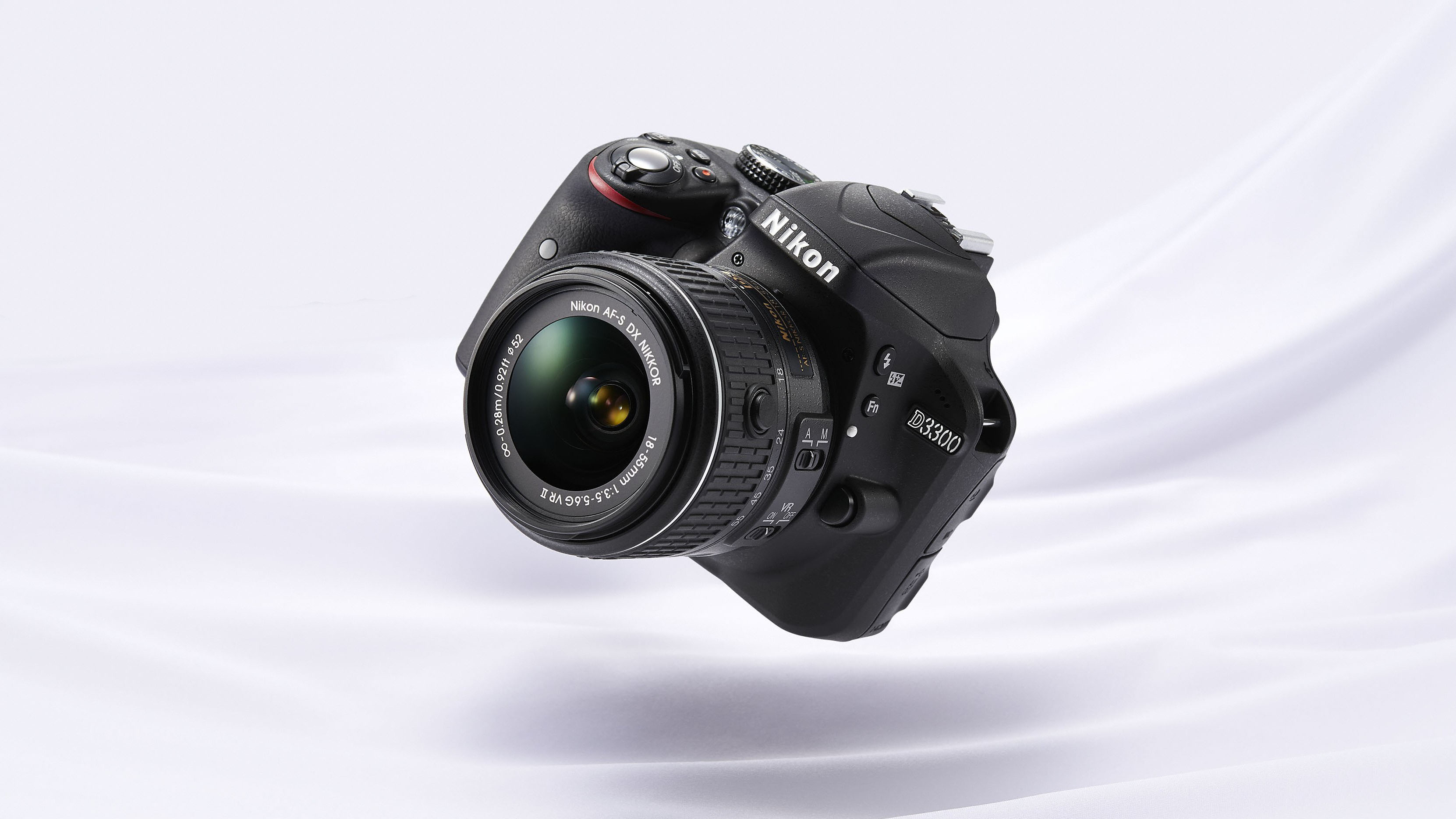
Nikon’s D3400 might have replaced it, but the D3300 is still our top pick. Why? Unless you want improved connectivity, then the D3300 is pretty much identical to the D3400 and quite a bit cheaper. The 24.2MP sensor resolves bags of detail and like much like pricier Nikon DSLRs, it does away with an anti-aliasing filter to maximise image sharpness. This is also a very easy camera to live with. Its clever Guide Mode is a useful learning tool that gives real-time explanations of important features, whilst the collapsible 18-55mm kit lens is great when you’re on the go. It’s a shame you don’t get an articulated touchscreen display or Wi-Fi connectivity, but Nikon does make a cheap plug-in Wi-Fi adaptor if that’s a deal-breaker for you.
Read the full review: Nikon D3300
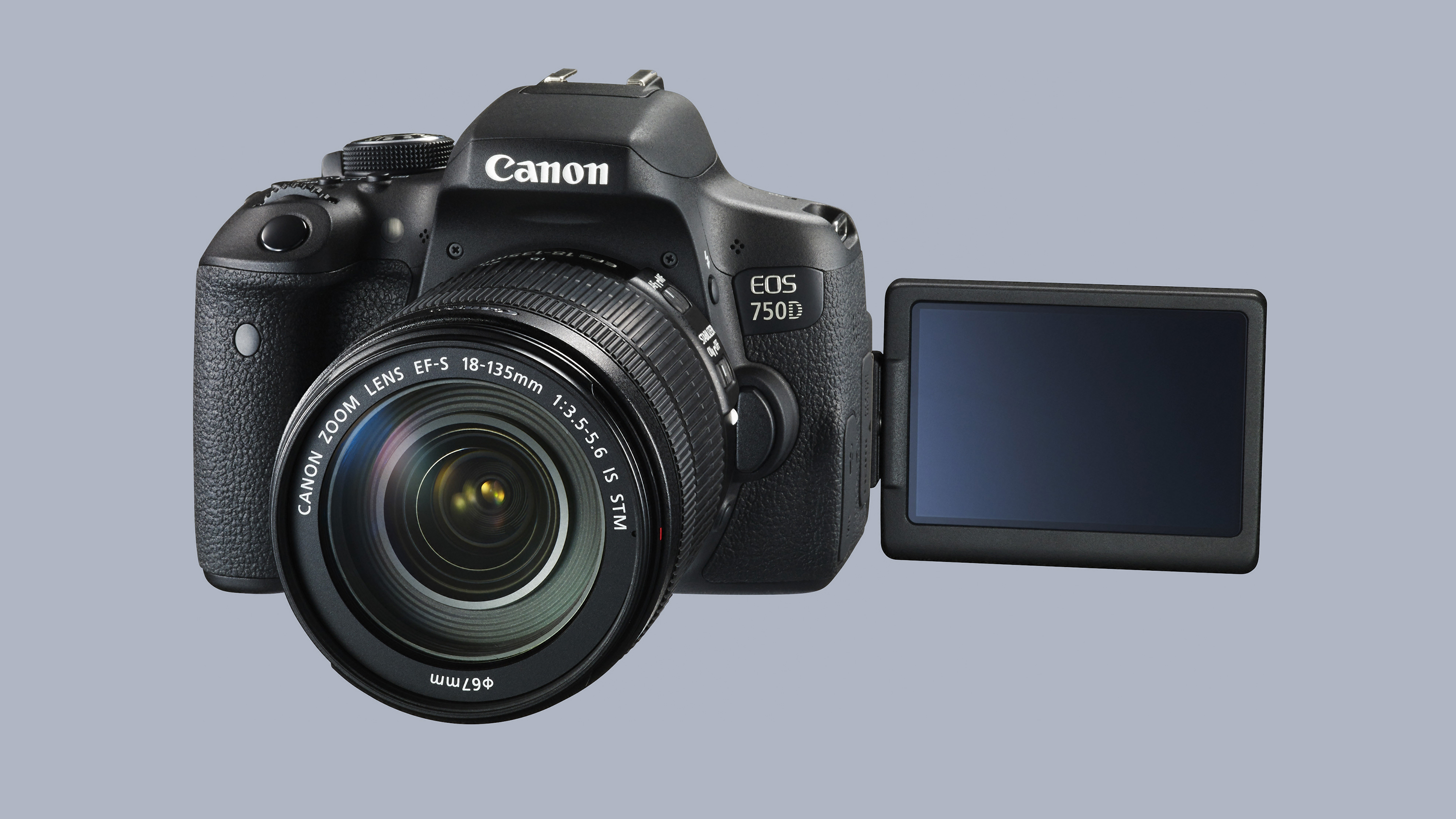
Nikon doesn’t have the top spots in our line-up all to itself because by paying more cash will get you a lot more camera. The Canon 750D is new and still rather pricey, but its new 24.2-megapixel sensor delivers stunning image quality with impressively low noise levels at high ISO sensitivities. The 750D also receives much-improved autofocus and exposure metering systems over Canon’s older 700D, as well as built-in Wi-Fi with NFC pairing. Although outwardly similar to its 700D predecessor, that does mean you get the same articulating, touch-sensitive screen to enjoy. It pips the Nikon D5500 to second place thanks to more comprehensive controls and marginally superior image quality.
Read the full review: Canon EOS Rebel T6i / Canon EOS 750D
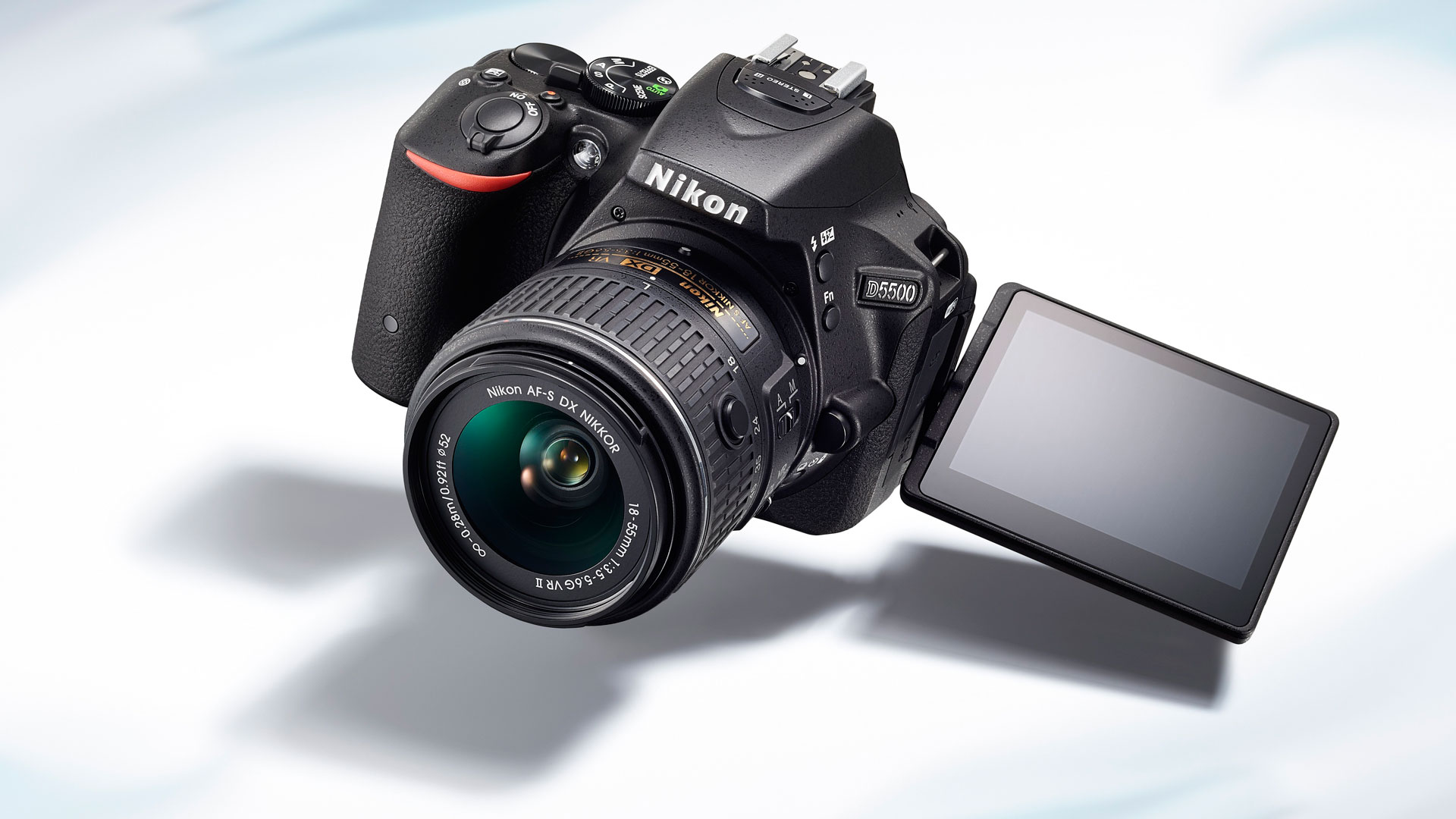
The D5500 competes directly with Canon’s 750D at the upper end of the entry-level DSLR market. Where Nikon’s D3000-series cameras are designed as cost-conscious introductory DSLRs, the D5000-series is preferable if you want to get more creative. This latest addition to the series is bang up-to-date and is the first Nikon DSLR to get touchscreen control, plus there’s also built-in Wi-Fi – but it’s a pity GPS hasn’t been carried over from the D5300, and live view autofocusing speed is no faster. There isn’t much wrong with the D5500’s 24.2-megapixel, non-anti-aliased sensor, though. It may be pinched from the older D5300, but it still delivers excellent image quality.
Read the full review: Nikon D5500
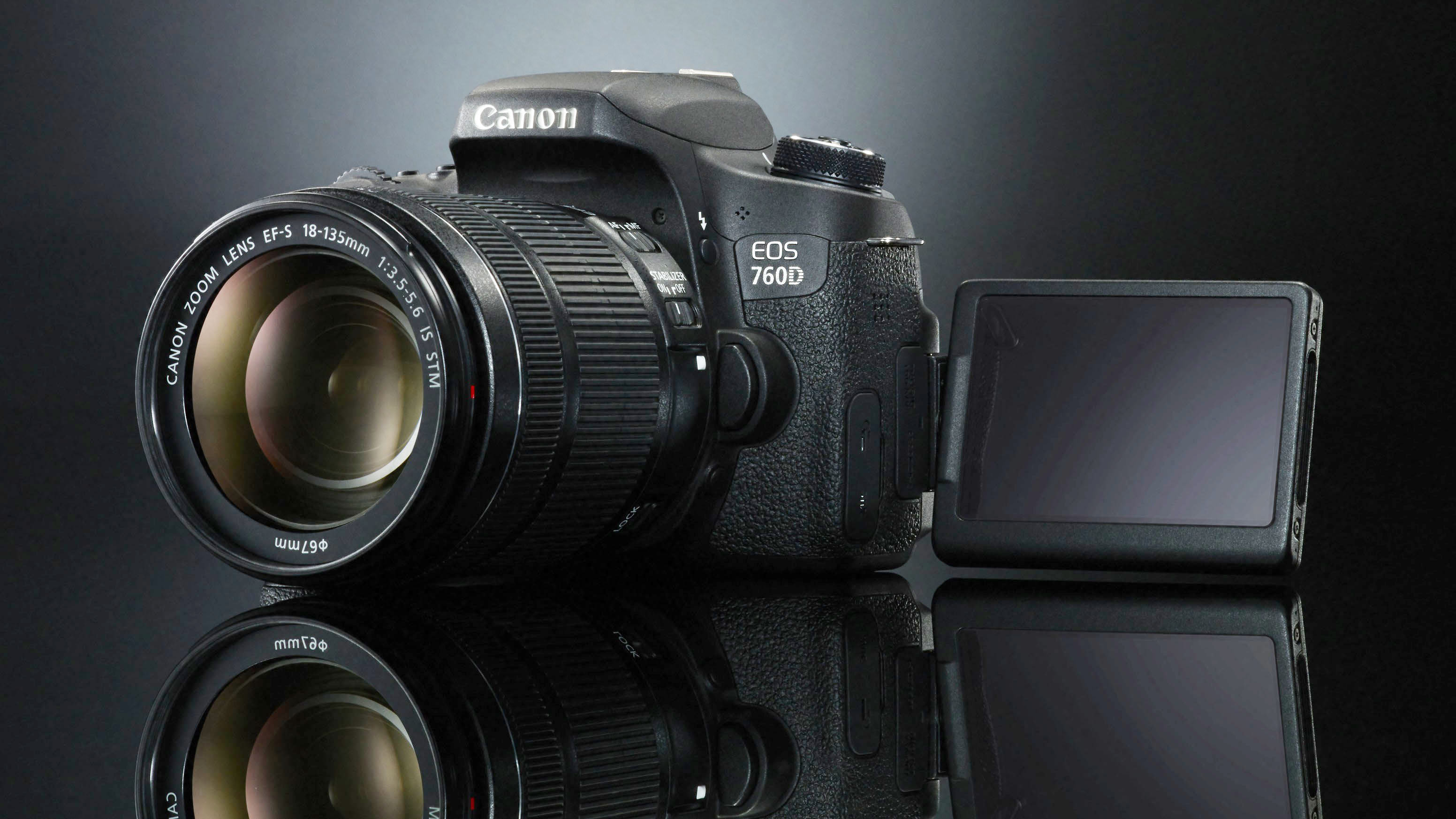
Just to confuse matters, Canon launched two updates to the EOS 700D – the EOS 750D and the 760D. Internally at least, the 750D and 760D are very pretty much identical, but it’s the exterior controls where differences start to appear, notably the addition of a rear thumbwheel and top plate LCD display. Features which only normally appear on Canon’s higher end enthusiast models. For newer users, the 750D is the better bet, but if you’re looking for lightweight DSLR with a comprehensive set of features, then you won’t go wrong with the 760D.
Read the full review: Canon EOS Rebel T6s / Canon EOS 760D
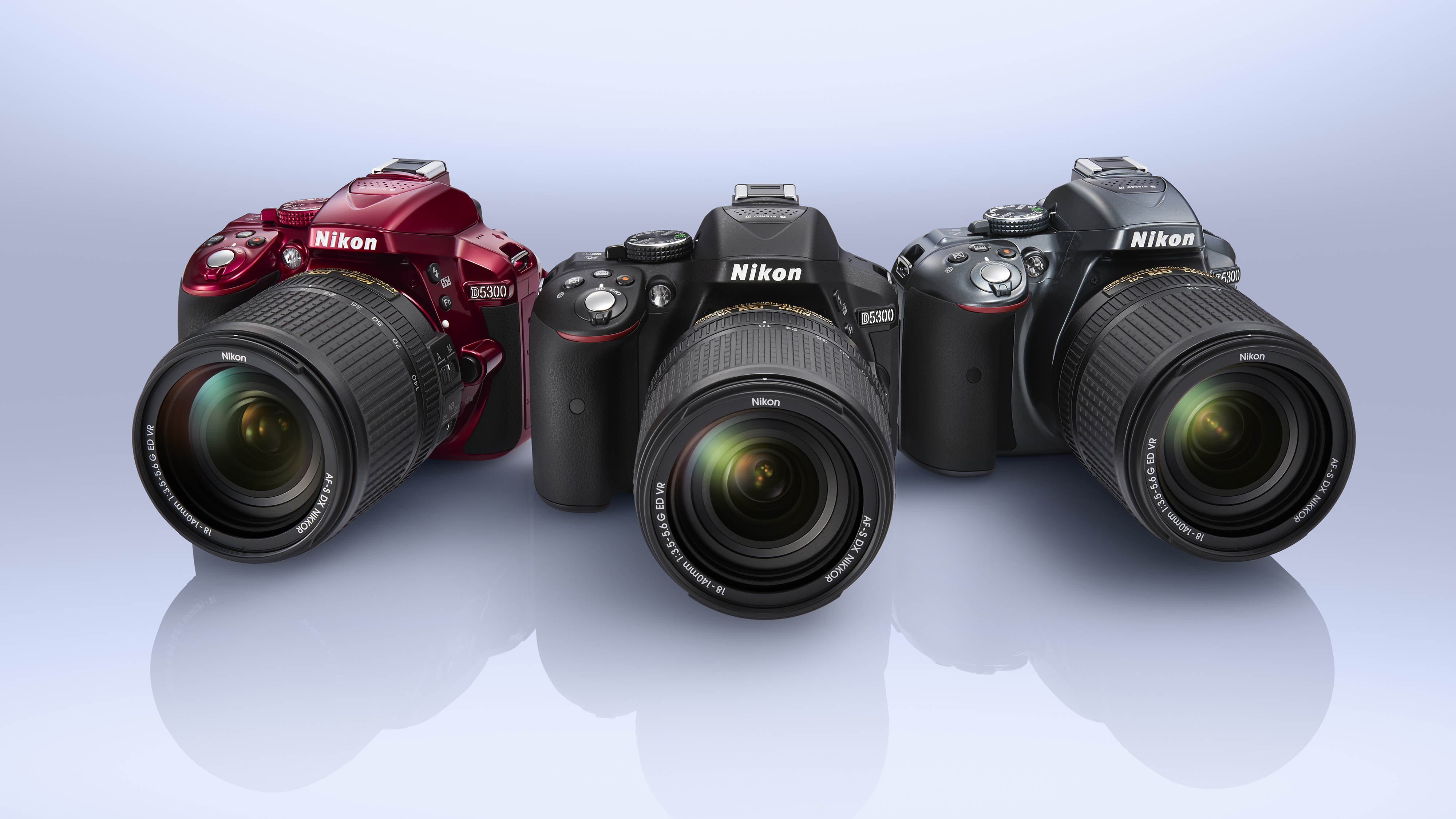
The D5300 was around for little more than a year before the D5500 technically replaced it, but unlike the equivalent Canon 700D, the D5300 is still a contemporary camera. It shares the same 24.2MP sensor with an identical maximum ISO25600 sensitivity as the D5500, whilst the D5300’s EXPEED 4 image processor and 39-point autofocus system have also been carried over to its replacement. Whilst the D5300 doesn’t sport fancy touchscreen control, you do get GPS instead. The D5300’s 600-shot battery life has since been beaten by the D5500, but it’ll still outlast a Canon 750D – the D5300 is still a smart buy.
Read the full review: Nikon D5300
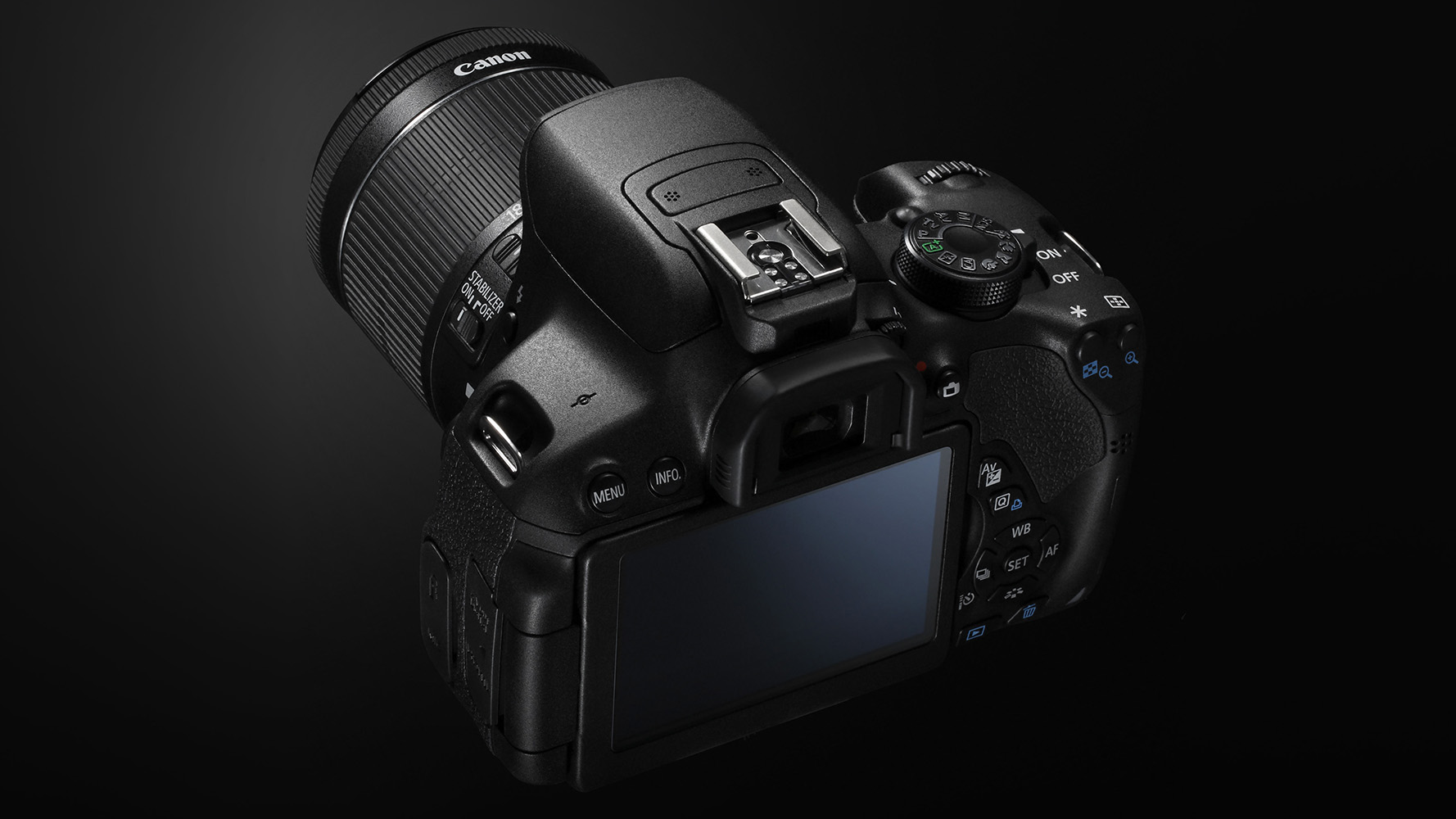
Stick the 700D next to the 750D and you’ll struggle to tell them apart, as the new camera inherits the 700D’s excellent ergonomics and class-leading touch-sensitive screen. Even the good old button controls are more comprehensive than on rival Nikons, making the 700D intuitive to use, regardless of your ability. However, the 700D’s sensor can trace its roots back to the 550D released in 2010 and it’s now outclassed in terms of noise suppression and dynamic range. The 9-point autofocus system is also dated and you don’t get Wi-Fi connectivity. The 700D’s slashed price does make it a tempter, but the 750D is a more future-proof choice.
Read the full review: Canon EOS Rebel T5i / Canon EOS 700D
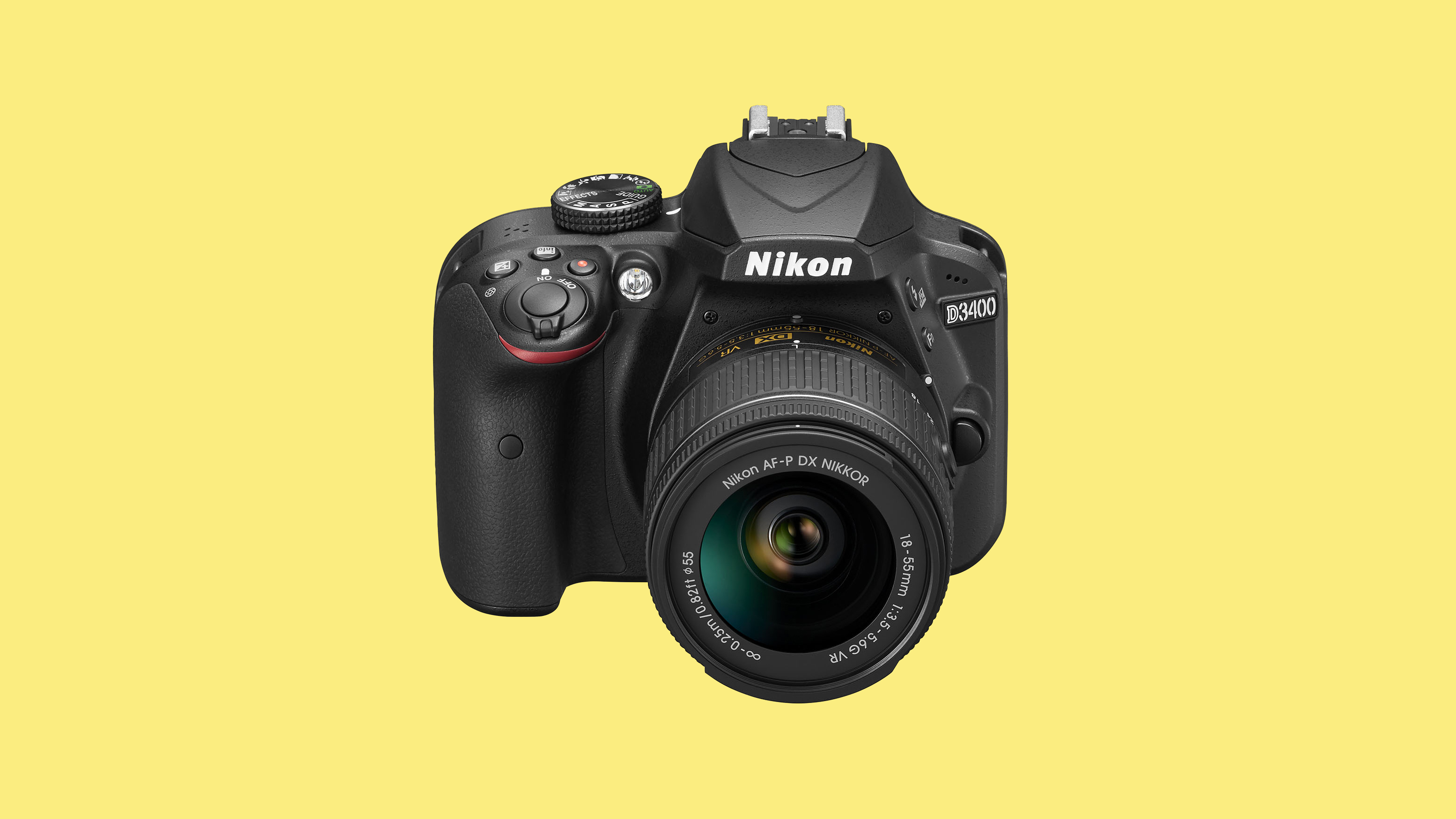
Nikon’s latest DSLR is almost identical in specification to the D3300 – our top pick, but adds Nikon’s SnapBridge bluetooth connectivity to transfer images to your smart device. The D3400 is a very good entry-level DSLR, with a range of features to appeal to new users, but as it’s the newest camera here, it’s also one of the most expensive. For our money, we’d get the D3300 and the money we’d save, we’d invest in another lens or some essential photo accessories to get started.
Read the full review: Nikon D3400
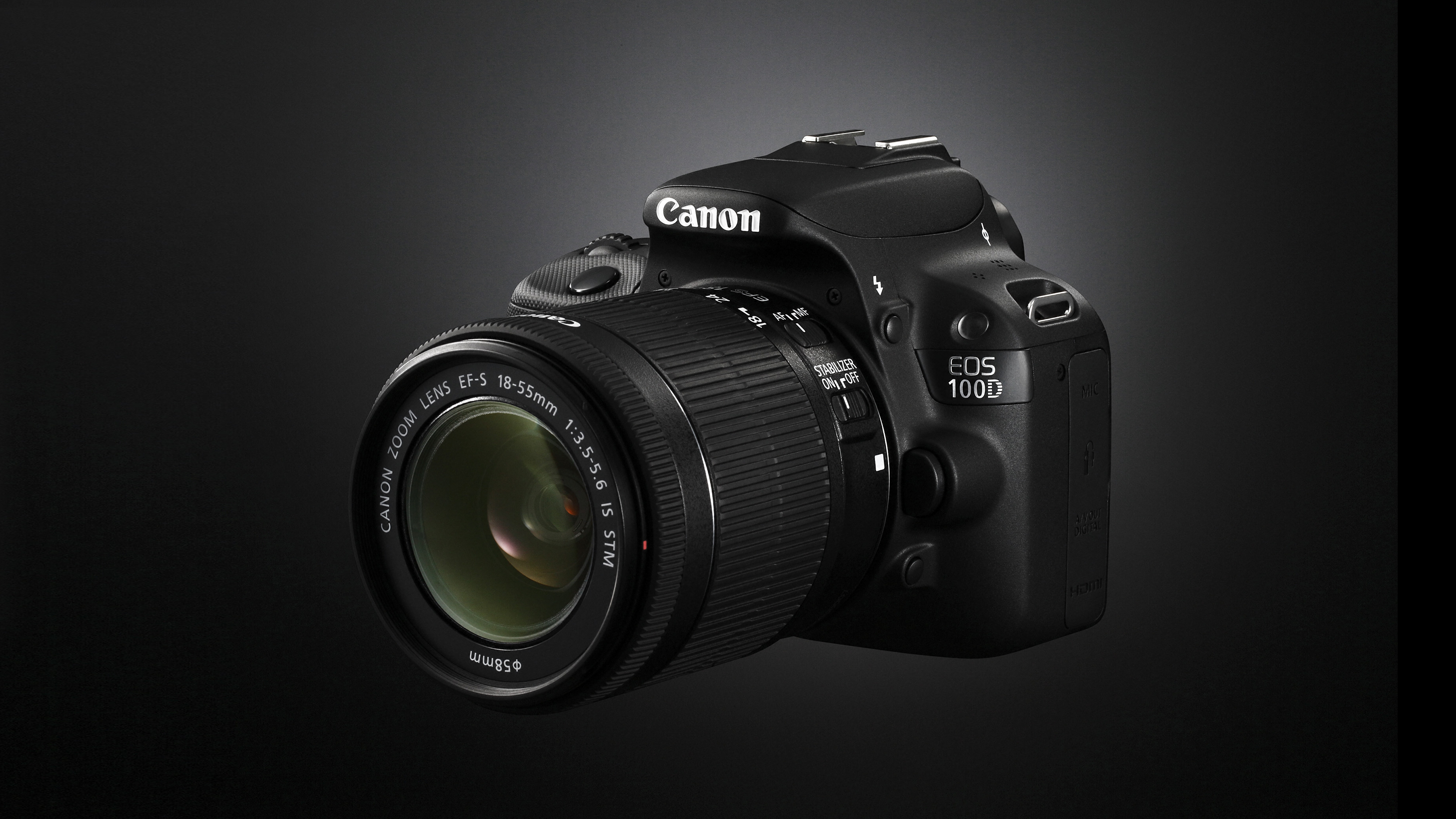
Canon introduced the EOS 100D to compete with the influx of compact system cameras and it was the smallest DSLR available when it was introduced in March 2013. It’s getting on a bit now, but while the image quality hasn’t diminished, its price has, making it a good choice for anyone buying their first DSLR. Inside is Canon’s stalwart 18MP APS-C format sensor, a hybrid CMOS AF II variant which means that the focusing is faster than the 1200D when you’re composing images on the main screen – though it’s not especially quick. The three-inch screen is also touch-sensitive, which makes the 100D easier to use thanks to Canon’s excellent interface, although there are fewer buttons and dials than on models like the 750D. Despite the 100D’s small size there’s a good chunky grip to make it feel comfortable and secure in your hand. Image quality is good, but the 24MP Nikon D3300 captures more detail.
Read the full review: Canon EOS Rebel SL1 / Canon EOS 100D
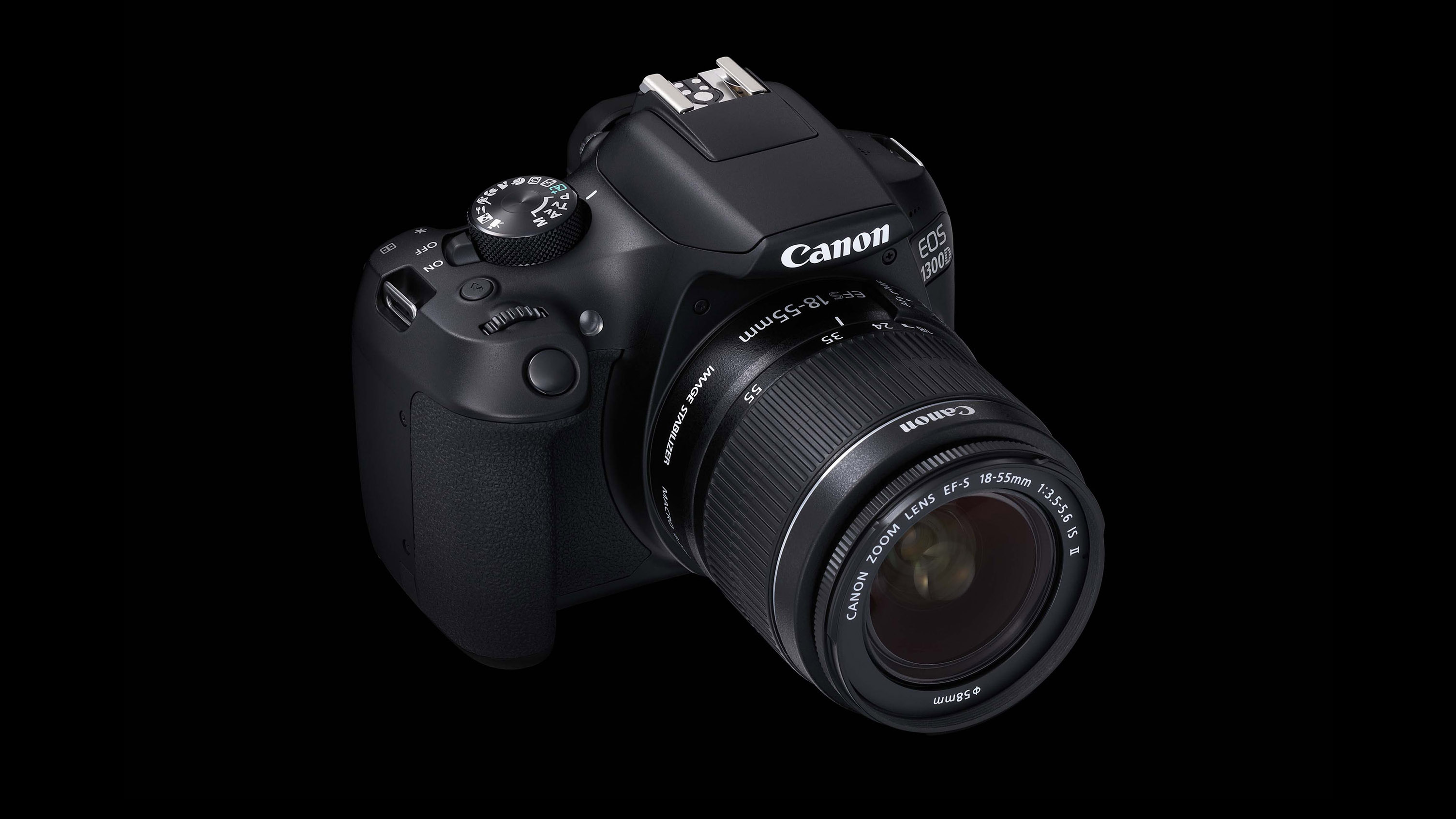
The 1300D uses the same sensor as the camera it replaces, the 1200D, but it has a newer processing engine and this enables it to produce slightly better quality images. In reality you’re unlikely to be able to spot much difference at normal image viewing sizes though, so it’s not a real biggie. Where the 1300D does score over the 1200D though is the connectivity department; its got Wi-Fi and NFC technology built-in. This means you can transfer images to your smartphone for super-quick sharing. You can also use your phone to control the camera remotely, which is ideal for taking group shots with you in the frame. The screen has also been upgraded from a 3-inch 460K dot unit to one with 920K dots, which makes images look much sharper.
Read the full review: Canon EOS Rebel T6 / Canon EOS 1300D
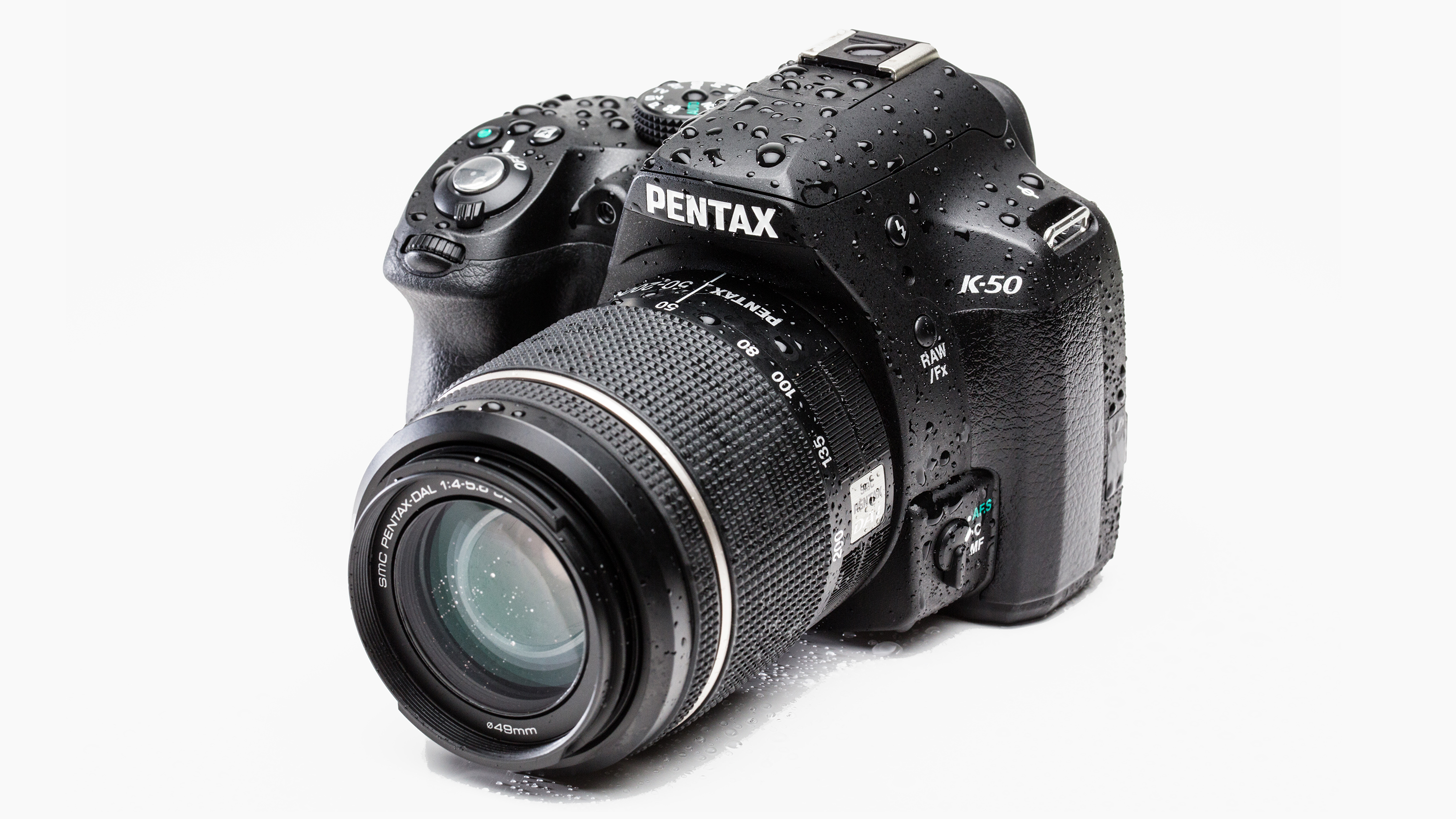
Pentax is renowned for producing DSLRs with maximum bang per buck, and the K-50 is no exception. Weatherproof DSLRs that are rain and dust resistant usually cost a packet, but the K-50 offers this protection at a bargain price so you can shoot in all conditions. Just remember that you’ll have to partner it with more expensive WR (weather resistant) lenses to get the full benefit. Regardless of the lens you use, Pentax’s in-camera Shake Reduction system cuts camera shake and can even correct slightly skewed horizons. The only reason the K-50 isn’t higher on our list is Pentax’s relatively restricted lens range.
Read the full review: Pentax K-50